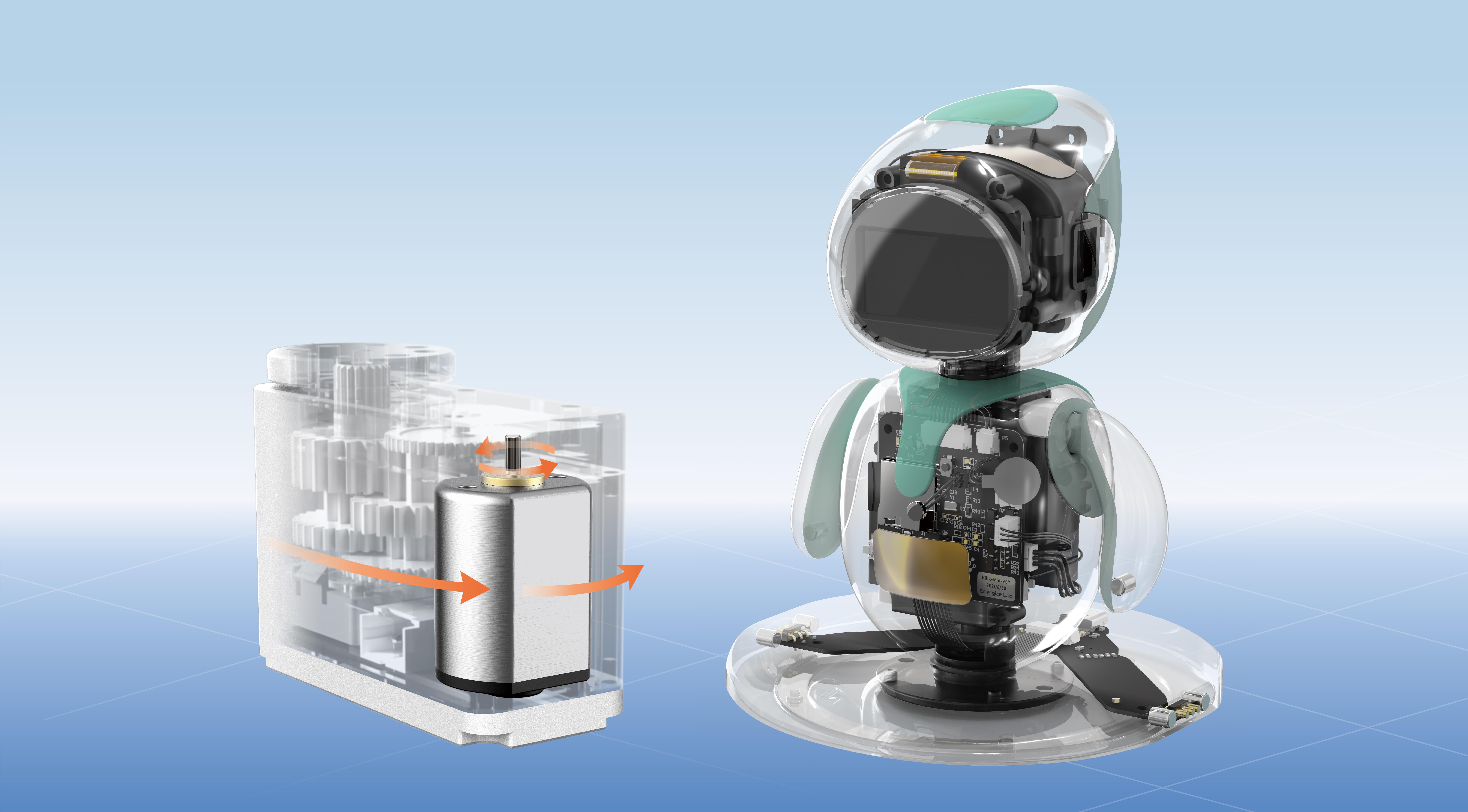In the realm of modern machinery, innovation often hinges on the delicate balance between power and finesse. Small gear reduction electric motors exemplify this harmony, bringing together compact size with impressive torque and precision. Whether in everyday gadgets or high-tech industrial systems, these miniature marvels are quietly revolutionizing how machines perform their tasks with remarkable efficiency.

Picture the intricate dance of a robotic arm assembling tiny components with pinpoint accuracy or a medical device delivering life-saving treatments with delicate finesse—it’s often the small but mighty gear reduction motor that makes these feats possible. Their true genius lies in their ability to amplify the motor’s initial power through carefully engineered gear systems, enabling small motors to deliver high torque outputs without sacrificing space or energy efficiency.
Why the focus on small gear reduction electric motors? The answer is rooted in their adaptability. In a world increasingly driven by automation, space constraints are more prevalent than ever. From aerospace to consumer electronics, and from automotive to healthcare, the need for motors that occupy minimal space while providing maximal performance is critical. Small gear reduction motors fit perfectly into this niche, offering engineers a compact yet powerful solution.
Understanding how they work requires a quick dive into the concept of gear reduction. Essentially, gearing involves using interconnected gears to slow down the rotation speed of the motor, translating high-speed, low-torque output into lower-speed, high-torque power. It’s akin to turning a fast-spinning wheel into a forceful push—small increases in gear ratio can lead to substantial gains in torque without significantly increasing the motor’s size.
This gear reduction process is not just about boosting torque; it also enhances control. With a smaller motor, engineers can fine-tune movement and positioning with greater precision—an absolute necessity in applications like camera autofocus systems or medical devices where milliseconds and micrometers matter.
Efficiency remains a cornerstone benefit. Smaller motors typically consume less power, and when combined with gear reduction, they maximize output with minimal energy waste. This is vital for battery-powered devices, where every milliamp counts. The reduction gears also reduce the motor’s operational stress, increasing durability and lifespan, which translates to reduced maintenance and operational costs over time.
But what makes these motors particularly attractive is their customizable nature. Designers can select gear ratios tailored to a specific application—whether it’s a 10:1 ratio for gentle movements or a 100:1 ratio for maximum torque demands. This flexibility ensures that small gear reduction motors are not one-size-fits-all but are instead optimized for a variety of tasks.
The manufacturing processes behind these motors are equally sophisticated. Precision machining of gear components ensures minimal backlash— that slight movement between gear teeth— to maintain high accuracy. Modern manufacturing also incorporates high-quality materials to reduce wear and tear, prolonging the life span of critical components.
In addition, innovations in brushless motor technology have propelled small gear reduction motors into new realms of efficiency and performance. Brushless motors generate less heat and reduce maintenance needs, making them ideal for long-term deployment in demanding environments. When paired with engineered gearboxes, they become exceptionally reliable, quiet, and efficient— an increasingly important factor in consumer applications like quiet household appliances or wearable tech.
Beyond their technical components, the aesthetic and ergonomic factors also play a role. Smaller motors mean more design freedom, enabling slimmer devices and more innovative functionalities. For example, miniature drones rely on small gear reduction motors for stable flight mechanics without compromising payload capacity or battery life.
As industries evolve, the importance of precision and miniaturization continues to grow. Smart technologies demand components that are not just small but smart— capable of seamlessly integrating into complex systems with real-time feedback. Small gear reduction electric motors excel in this domain, offering quick response times, precise movement, and energy efficiency.
In conclusion of this first part, the world of small gear reduction electric motors is as fascinating as it is essential, quietly powering the technological advancements of today and shaping those of tomorrow. Their unique combination of size, strength, and precision makes them indispensable across a diverse range of fields, promising efficiency and innovation at every turn.
Established in 2005, Kpower has been dedicated to a professional compact motion unit manufacturer, headquartered in Dongguan, Guangdong Province, China.




































